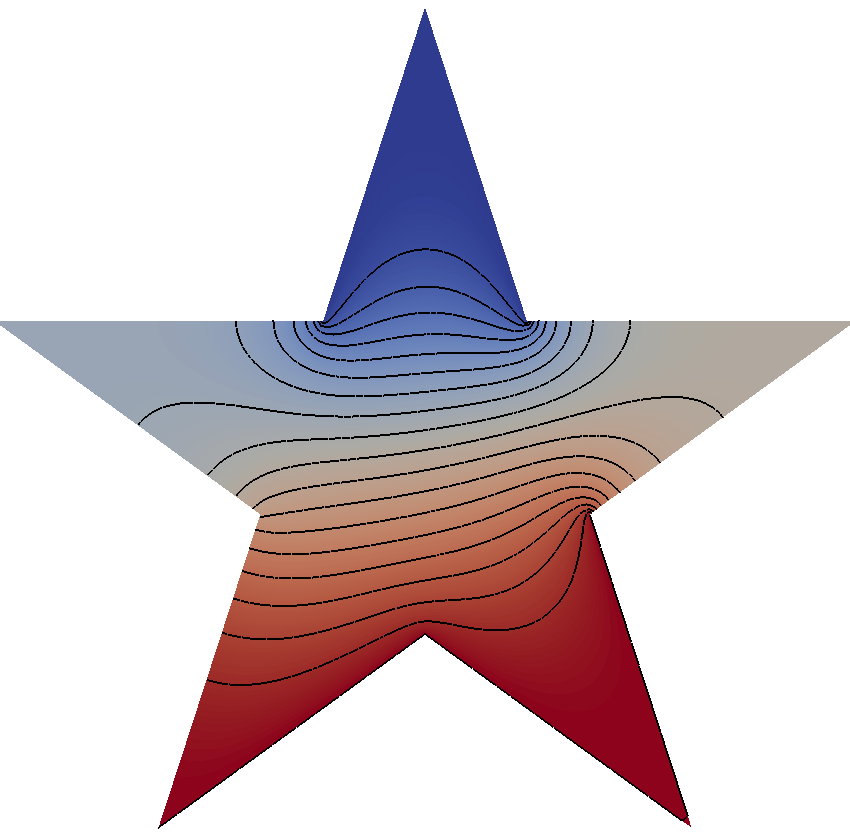Next: 7.6 Memory and Runtime Benefits in FEM applications Up: 7 Results and Applications Previous: 7.4 General Similarities Contents
![\begin{subfigure}
% latex2html id marker 16298
[b]{0.25\textwidth}
\centering
...
...onsymemtric_boundary_conditions}
\caption{Boundary conditions}
\end{subfigure}](img1545.gif)

![\begin{subfigure}
% latex2html id marker 16310
[b]{0.45\textwidth}
\centering
...
...itions_dual}
\caption{Boundary conditions of the dual problem}
\end{subfigure}](img1547.gif)
Boundaries colored in red and blue are Dirichlet boundaries with constant value
|
| (7.1) |
|
| ||||||||||||||||||||||||||||||||||||||||||||||||||||||||||||||||||||||||||||||||||||||||||||||||||||||||||||||||||||||||
|
| ||||||||||||||||||||||||||||||||||||||||||||||||||||||||||||||||||||||||||||||||||||||||||||||||||||||||||||||||||||||||
|
|
florian 2016-11-21